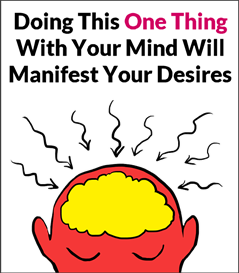 |
Set Your Motivation On Fire
|
|
|
|
Defining Self-Regulation
|

Self-regulation can be defined as guided or monitored learning. All opportunities or obstacles and challenges are approached
and experienced with utmost care and understanding.
As a self-regulated learner, you go through a number of stages which allow you to successfully achieve your goal with the
maximum benefits, privileges, skills, information and new opportunities possible.
With the use of self-regulation, you not only aim to reach the goal with the use of maintained behavior but also try to derive
as much meaning from the motivation process itself. You undergo the following stages during self-regulation.
-
Determining the obstacles and challenges. This is the first step of evaluating the problem you’re facing. You determine the size of the problem, the period of time
the problem is estimated to last, its effects on you as a person should you fail to succeed in overcoming it and the nature
and characteristics of the problem as well as its relationship with your environment.
-
Comparing the problem with your abilities. You should be able to accept your weaknesses as you assess your strengths that could be favorable in overcoming the problem.
You gauge your abilities from observation and experience and determine how your skills and knowledge can possibly accomplish
the goal by overcoming the problem.
-
Practice your learning. You will recognize the inadequacies of your abilities when facing obstacles and challenges, which is why, as a self-regulated
learner, you first aim to develop your skills and knowledge. You accept the fact that you can only achieve absolute success
by understanding the subject matter and equipping yourself with the right tools and strategies to face it. By learning, you
increase the possibility of accomplishing the goal.
-
Assess the stimuli, motivation and outcome. Self-regulation allows you to view the situation in a more objective manner. You determine what stimulates you into taking
action, the behavior that keeps you moving, the goals that you have set upon yourself, the outcome of different actions you
intend to take and the evaluation of how you performed and experienced the whole process. Cognitively, you see yourself taking
different paths leading to different outcomes, and thus you are able to determine which action is best to take in order to
excel.
-
Igniting fiery motivation. When you are able to control your behavior, you may also successfully control motivation according to the demands set by
the obstacles and challenges. Self-regulation provides you with the impression that you are in control of your personality
and behavior so you are able to adjust accordingly and increase the intensity of your behavior by firing up your motivation.
This is not as easy as it sounds. You are basically driven by internal goals and externally manifesting control over your
environment, while managing stress and other external factors.
The Self-Regulation Theory or SRT indicates how a person changes behavior intentionally or controllably due to a variety of
reasons. The person may have understood the importance and advantages of changing behavior or seen the desired effects of
a previously changed behavior. Influence from the environment or others may be present but it is always up to the person to
act on the influence. Constant monitoring of outcome is needed to verify the effectiveness of the action.
|